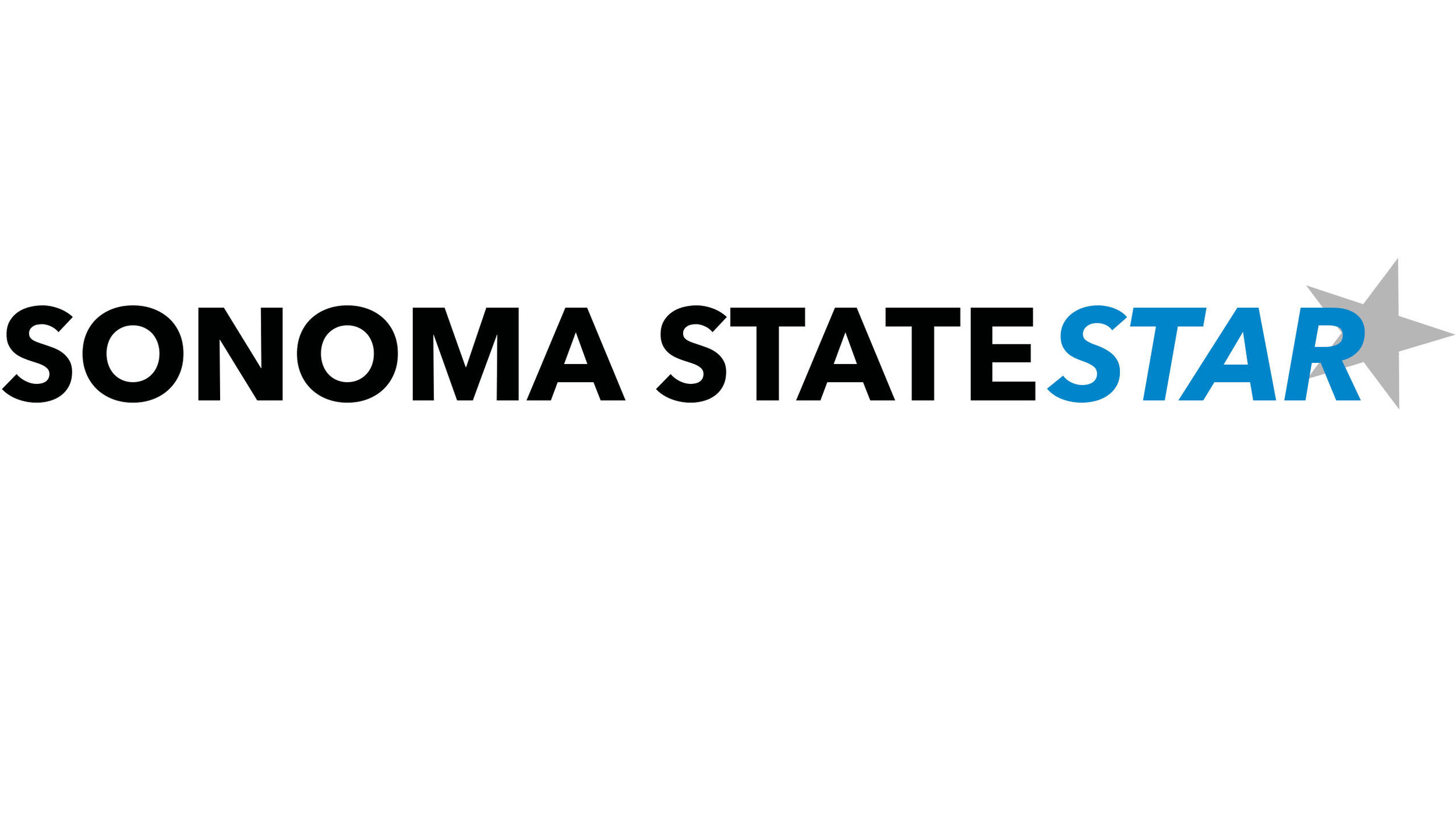Older buildings on campus due for renovations
/When prospective students take a look at Sonoma State’s campus for the first time, whether it be through self-guided tours or pictures of the school online, many don’t expect there to be so many issues with the campus buildings and their management. In just the past few years, there have been sustainability issues with on-campus buildings, such as asbestos in Stevenson Hall and other buildings around campus, and recent “electrical incidents” due to transformer failure.
On Oct. 19, an electrical incident on campus caused both the Nichols and Carson Halls to temporarily close, causing faculty to work remotely and reschedule any potential classes. In a recent email from Sonoma State’s Facilities Management department, the State Fire Marshal stated that “a transformer overheated and failed on Sunday evening, and the cause of the failure is still being determined.” While this incident took place on Oct. 19, both of these lecture halls have been reopened as of Oct. 22, per a recent email. However, this incident leads students and faculty to wonder just how long these lecture halls will hold up, and if they are safe for students to attend in-person classes for much longer.
Nichols Hall was built on SSU’s campus almost 50 years ago, in 1975, making it one of the oldest buildings on the campus, and it’s age is certainly starting to show. Along with Nichols, other buildings such as Ives, Carson, PE and Art Buildings, are well overdue for remodels, as they have gone widely untouched for over 40 years. Unfortunately, these types of changes are few and far between, as they are hard to do when most of the buildings are in use. While the campus is active for most of the year, renovations have to be strategically planned to cause minimal disruption to students and faculty.
When asked about how SSU plans to deal with these building management issues, Julia Gonzalez, who is the Assistant Vice President for Strategic Communications, stated that “[SSU] submits our capital funding maintenance needs to the CSU Chancellor’s Office for review by the Board of Trustees and the Governor’s Office.” She followed up this statement by encouraging both students and faculty to submit work orders, which can help to address these types of issues proactively.
Issues with the buildings on campus in the past few years have left students wondering how the buildings are going to hold up for the rest of their time attending Sonoma State, and if the building management on-campus is up to par with other California State Universities. When students in the CSU system check the Facilities Operations website, they are greeted by a brief introduction about how the office is able to “work collaboratively with departments, campus services and management to facilitate construction, maintenance, and repair of buildings and grounds.” Locked behind a paywall, however, are the results of the APPA FPI (Association of Physical Plant Administrators Facilities Performance Indicators), which is a sustainability questionnaire that campuses are supposed to be surveyed on yearly. This questionnaire, along with other reports, programs, and assessments, is used by the CSU system to evaluate how campus buildings are holding up. However, with the latest sustainability questionnaire dating back to the 2019-2020 school year, it leaves students wondering if Sonoma State is going to be able to receive the financial help they need to keep buildings on campus up to date.
From a student perspective, it’s hard to know what is really going on behind the scenes with building management. All students can see is how the buildings are aging, and they are reminded of this every few months when another issue with building management occurs and their classes are cancelled. It's easy to criticize the CSU system and how they are managing their funds without understanding the full story, which is why more transparency from SSU about building upkeep and plans to renovate older buildings is necessary. It is important for Sonoma State to be as transparent as they can with the campus community about what is going on, so that students and faculty aren’t left questioning their safety within buildings on campus.

